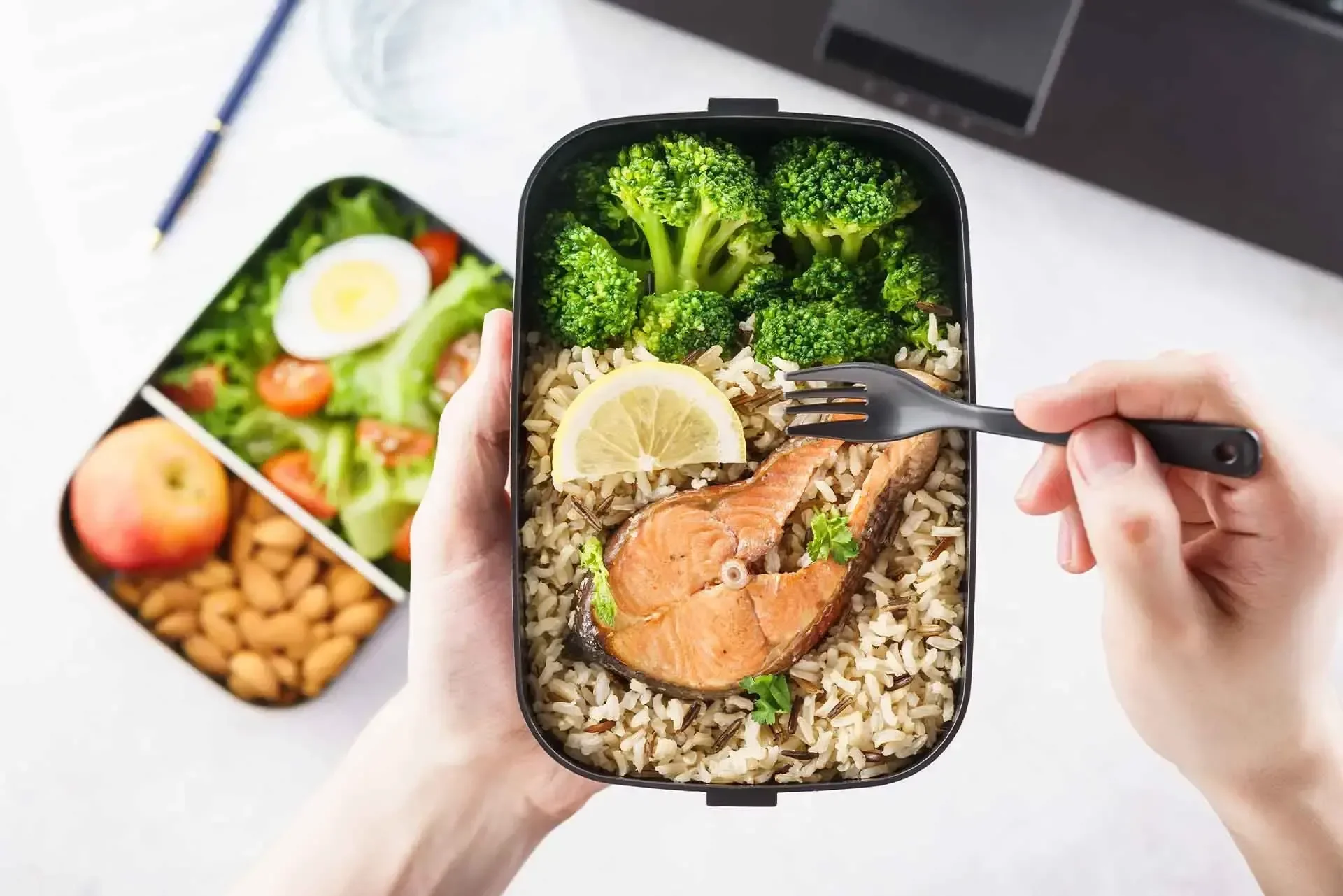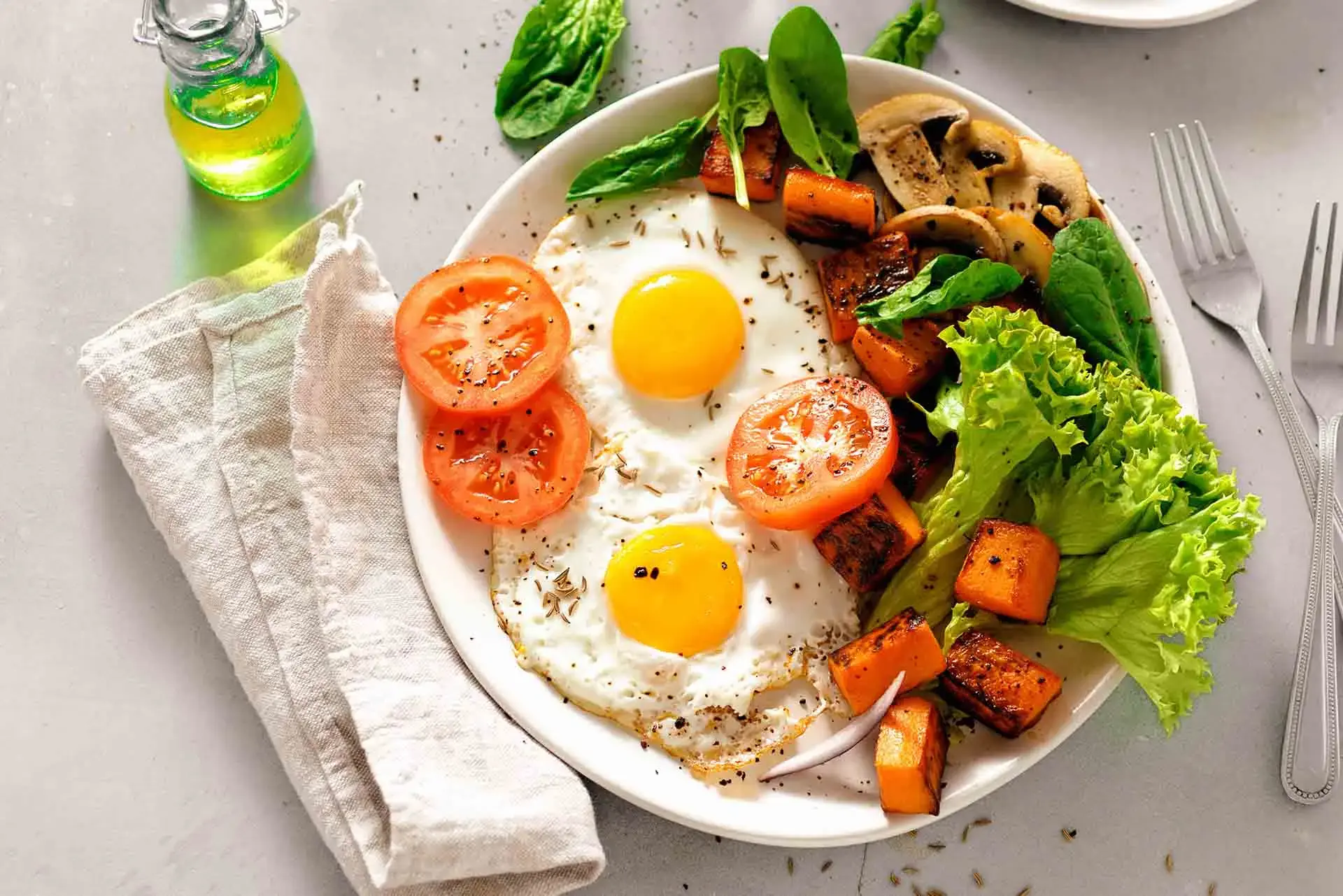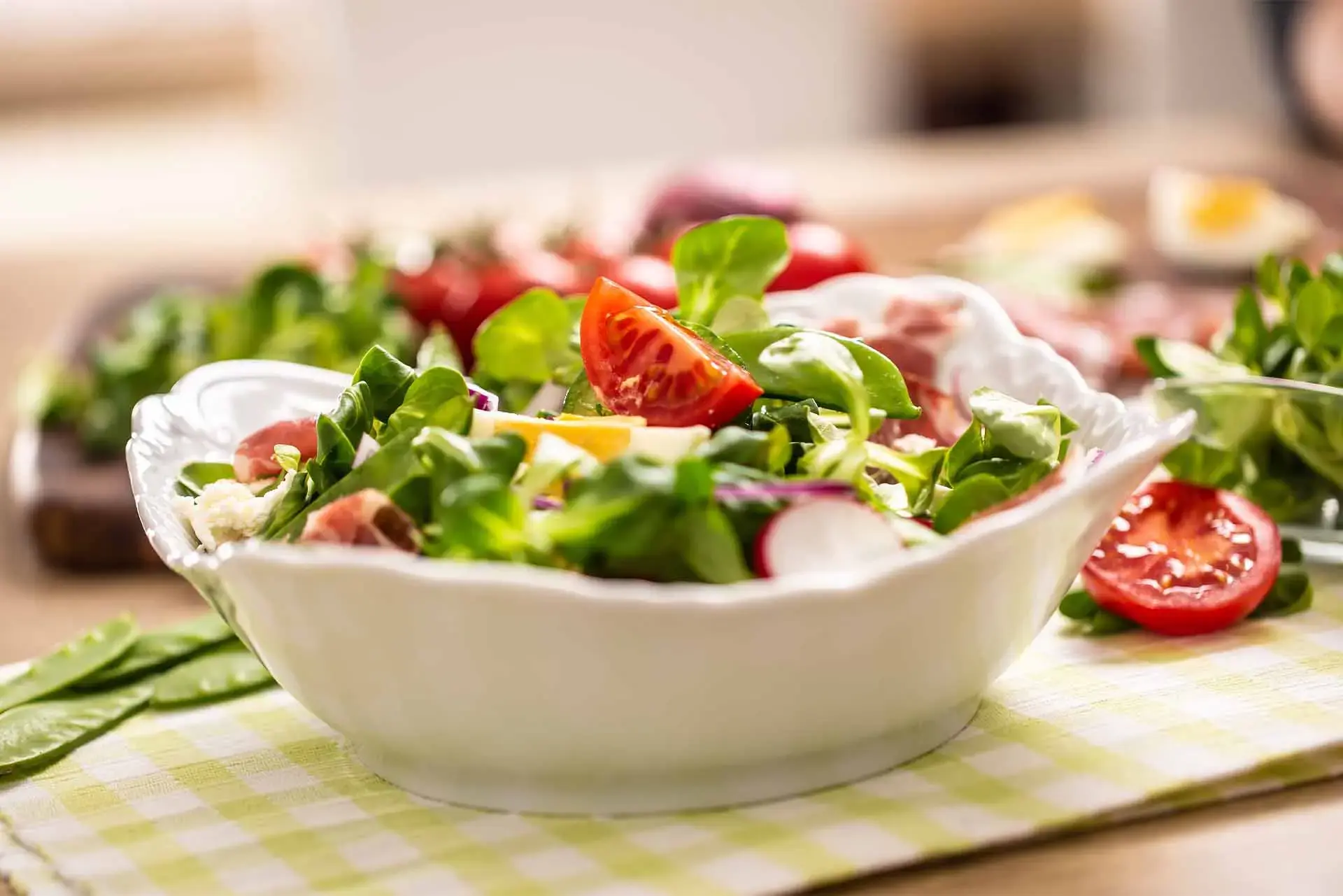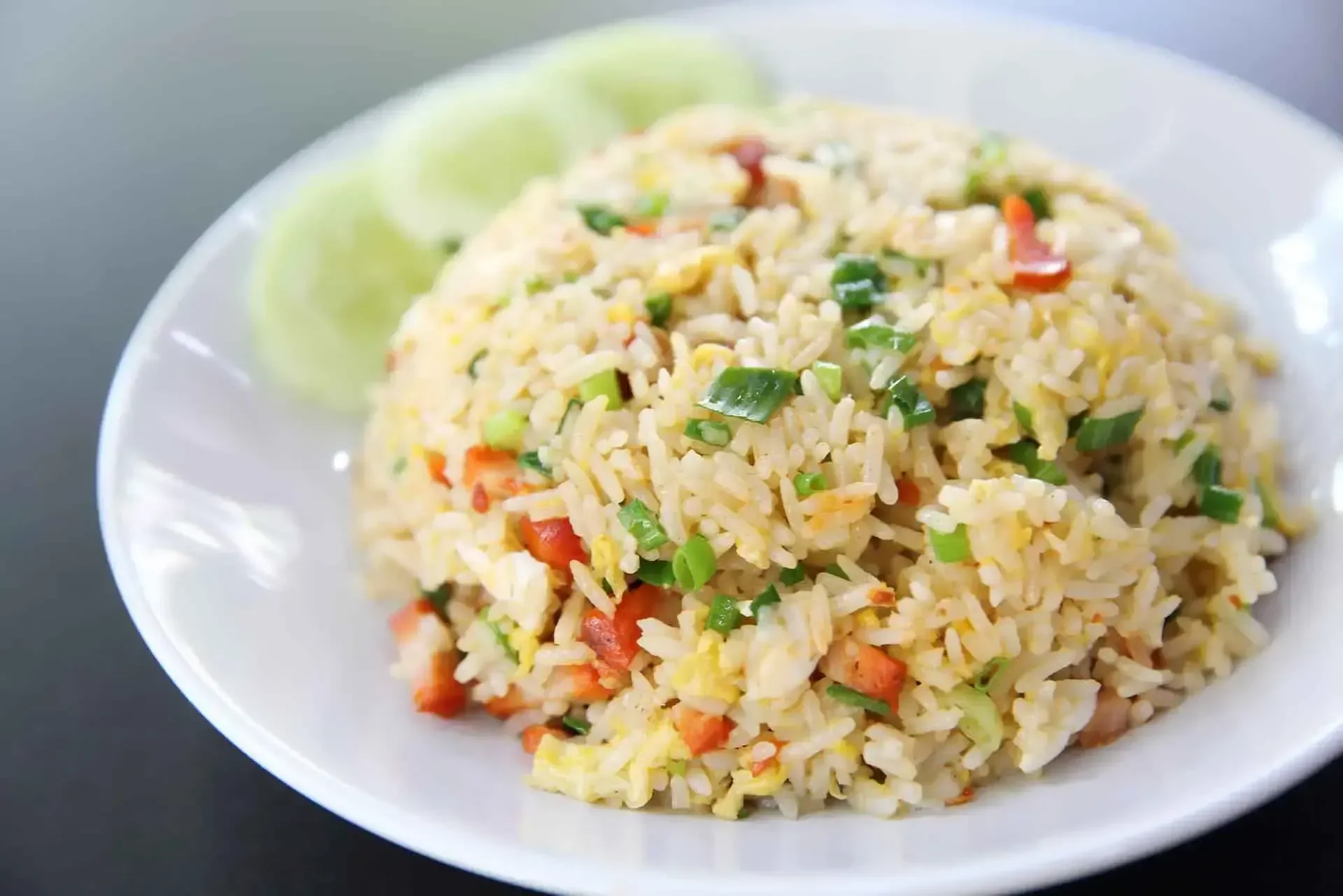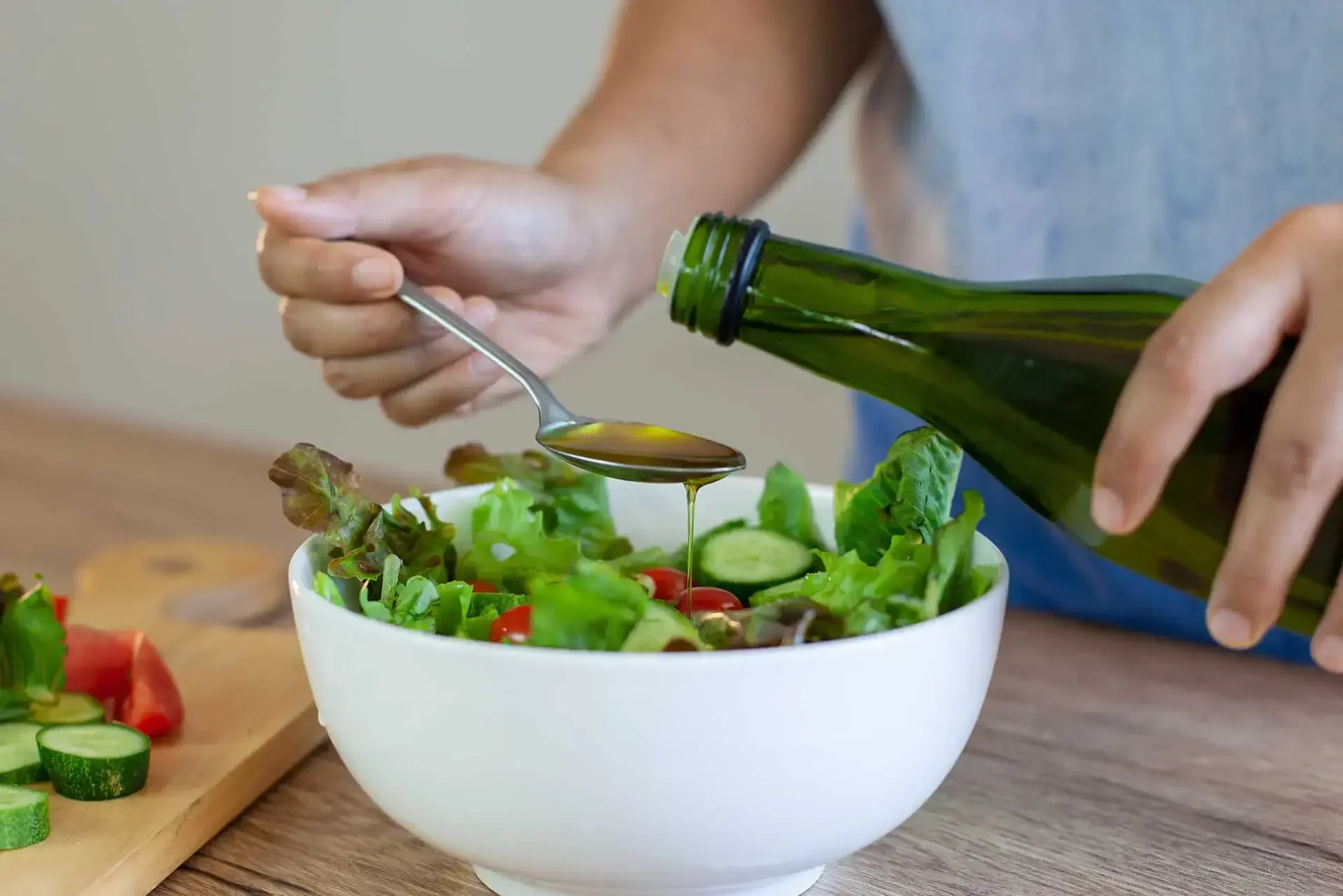Option 2:
Understanding portion control is essential for a balanced diet. Learn about calories and recommended daily intake based on factors like age and lifestyle. Distinguish between portion and serving sizes. Use your hands as guides for ideal portions. Stay hydrated to avoid overeating. Follow Pinggang Pinoy for a visual guide to healthy eating.

What does a balanced meal look like? Well, you’re in luck! Today we’ll delve into some concepts about this and help you visualize what it means to have the right portions on your plate.
Before we get to counting, a calorie is the unit of measurement that describes the amount of energy released when your body breaks down the food you eat. The number of calories you need can serve as a guide to what and how much you should be eating.
So how much should you have daily? Well, it depends on various factors, including age, gender, height, weight, and lifestyle. For women, this ranges from 1,600 to 2,200. For men, the range is between 2,000 and 2,600.
There are also various tools online and on mobile apps to determine how many calories you need, given your physical characteristics and level of activity, as well as identify the number of calories present in the food you’re eating.
Let’s put this in the simplest of terms. A portion is how much food you choose to eat at one time, while a serving is the standard amount of food—which can come in grams, ounces, cups, or tablespoons.
Now you might wonder how this relates to your recommended calorie intake. Well, there is a recommended serving of each major food group that constitutes a balanced meal, which could guide you in determining how much you should eat in a day:
- Fruits and vegetables: 5 servings
- Carbohydrates: 3 to 4 servings
- Animal and vegetable proteins; 2 to 3 servings
- Dairy foods: 2 to 3 servings
- Oils and fats: 1 serving
Your Handy Guide to Ideal Portions
Your portions may be more than a serving, and that’s something you should watch out for. But did you know that there’s an easy way to figure out ideal portions of each food group? Just use your hands to estimate the ideal portions!
- Protein-rich foods: For women, a palm-sized serving of protein is enough for each meal. For men, two palm-sized servings would do.
- Vegetables and salads: To measure how much vegetables and salads you should have for each meal, just use both your hands.
- Carbohydrate-rich foods: For carbohydrates, the size of your fist is a handy guide.
- Oils and fat: The size of one thumb is enough for women, while two thumbs for men would do.
Another essential tip to stick to your recommended portions and avoid overeating is to stay hydrated. Drinking water can help prevent you from confusing hunger with thirst and can make you naturally feel less hungry.
Pinggang Pinoy is a visual summary that helps Filipino families practice healthy eating. For adults aged 19 to 59 years, body-building foods, such as meat, poultry, and fish, make up ¼ of the plate; energy-giving foods or carbohydrate-rich foods, such as grains, pastas, and breads, make up another ¼ of the plate; lastly, body-regulating foods such as fruits and vegetables make up the remaining ½ of the plate.
Now that you have everything you need to have the right portions of food on your plate, it’s important to remember three things. First, moderation—you can always eat some more later in the day. Second, variety—there is no single food item that can give you all the nutrients you need, so a healthy assortment is a must. Last, balance—how much you eat is just as important as what you eat, to make sure you are adequately nourished.
